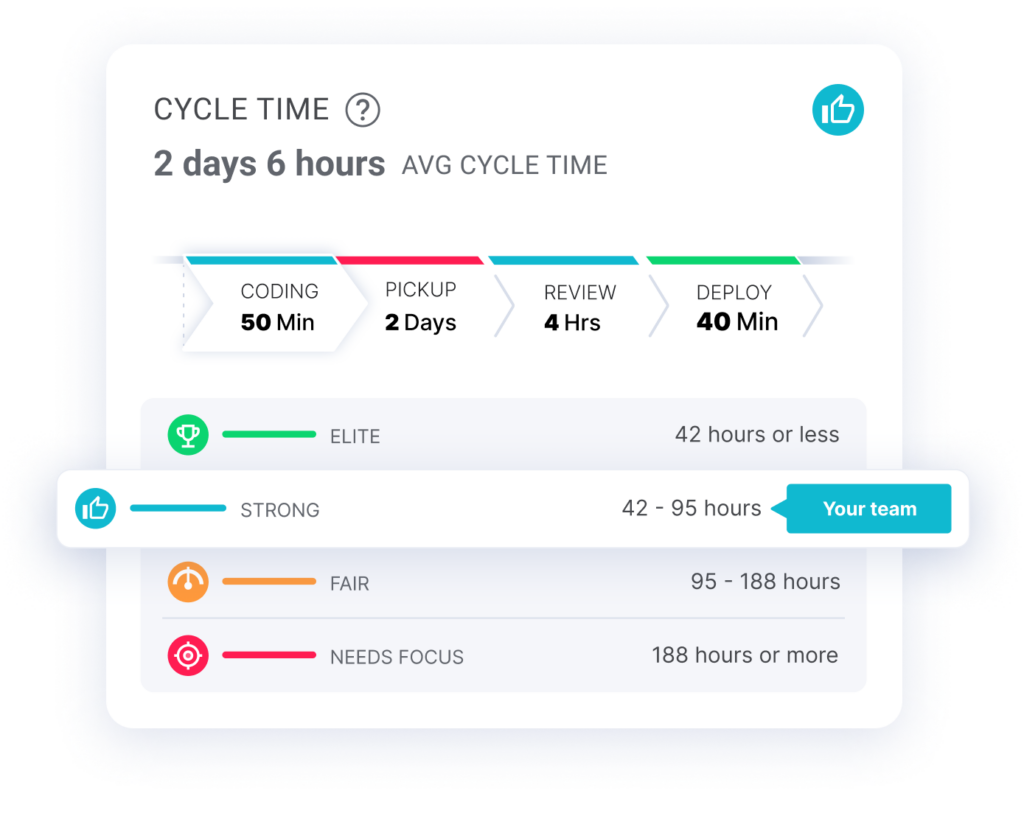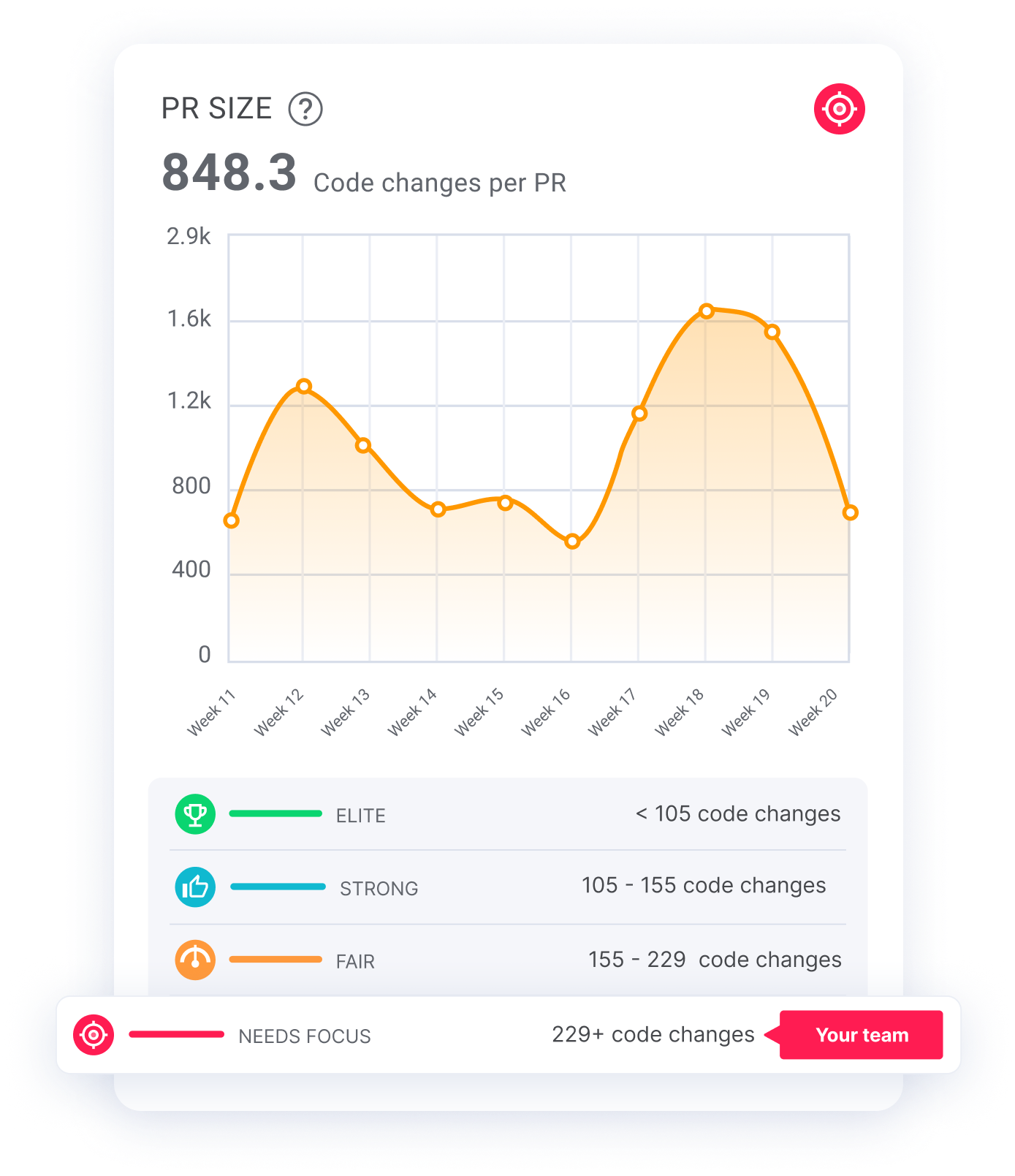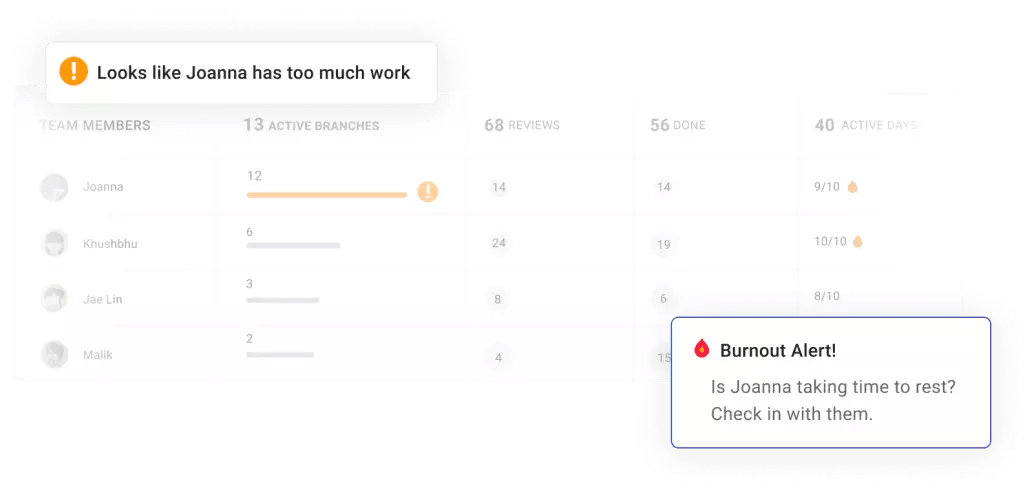Even with a great team, a project will struggle to take off if its developers are frequently stalled by unforeseen roadblocks. Whether due to dysfunctional tools or poor teamwork, the end result is the same: less efficient and effective work, resulting in lower productivity overall. Worst of all, these things contribute to a terrible developer experience (DX). Bad DX can also crescendo and affect the whole business, as you’ll struggle to retain your employees. So, in this article, we’ll show you how to improve developer experience to reach peak productivity.
Table of Contents
- What Is Developer Experience?
- Baseline Your Developer Experience Metrics
- Identifying Blockers For Your Team
- Hiring Developer Experience Roles
- How to Improve Developer Experience Using Automation
What Is Developer Experience?
Developer experience defines how easy it is for a developer to implement a task—like changing the system or building something new end-to-end. It’s similar to user experience (UX), but for software developers.
A positive developer experience will create more value by improving devs’ workflow, methods, and working conditions.
Check out this great discussion between LinearB’s CEO, CTO, and R&D team leader. They discuss what DX is and how to measure it. And most importantly, they explain how to improve developer experience.
Baseline Your Developer Experience Metrics
The developer experience space is teeming with metrics. So it’s crucial to choose the ones that are most relevant to your company and will get the most buy-in from your software engineers. Here are a few crucial key performance indicators to consider:
Cycle Time
Cycle time is the duration it takes from an engineer’s initial commit to code deployment. Having a longer cycle time means that processes are inefficient. Long cycle times also lead to frustrated developers, negative customer feedback, and delayed deliveries.

Pull Request (PR) Size
A pull request’s size is a useful indicator of the complexity of the changes made to your code. If you limit your pull request size, PRs are more likely to be reviewed quickly and thoroughly. In turn, this shortens the time it takes to get new features into your CI/CD pipeline. It also frees up developers to focus on more meaningful things—like coding.

Merge Frequency
Merge frequency is defined as the total number of pull requests or merge requests merged over a period of time. With efficient processes and short feedback loops, developers can merge more code and have more time for creativity and new initiatives. All these factors contribute to increased happiness and contentment in the developer journey.
Work In Progress
A team’s WIP reveals how many active pull requests are being handled by each member at any time. Developers risk becoming overloaded if they have too much work in progress. With LinearB’s Pulse, you can monitor your team’s WIP and daily activity to spot signs of burnout.

Weekend Activity
If many dev team members have to put in extra hours over the weekend, that’s a good indication that they’re overwhelmed. Most individuals are willing to put in overtime for major projects, but a constant increase in it could be a sign of burnout. By minimizing weekend work, you can protect developers’ psychological safety.

Source: Imgflip
Identifying Blockers for Your Team
The developer journey is often convoluted and involves multiple steps. Successfully completing projects is difficult because teams must overcome numerous obstacles. But if developers are having trouble with regular tasks, it’s up to you to figure out a solution. Here are some potential blockers your teams might face:
- Lack of internal support for developers like insufficient documentation or lots of steps that could be automated
- Out-of-date tools and technologies that require application modernization
- Ineffective communication about expectations and work coming up next
- Poor task management due to high WIP, frequent context switches, or constant priority rearrangement
- Poor time management due to a lack of focus, burnout, meetings, and interruptions
But how can you identify these blockers in the first place? Some companies have resorted to sending out surveys or one-on-one chats with developers. But that’s not all you can do!
Tracking metrics, like cycle time and PR size, can be a great indicator of bottlenecks. For example, extremely long PRs are a chore, so they negatively impact developer experience. And to make matters worse, teams aren’t deploying as many features as they’d like, and that’s taking a toll on their mental health. So, if you let metrics show you potential problems, you’ll know exactly where the problems reside—and you’ll know how to improve developer experience and as a result productivity.
Hiring Developer Experience Roles
Far too many organizations miss opportunities to have a good developer experience. Why? Because oftentimes, they don’t hire employees with developer experience in mind. Developer advocates can make a small impact on your teams’ overall development experience, but they aren’t a catch-all solution.
Developer Productivity Engineers
Hiring a Developer Productivity Engineer is an excellent solution to improving your DX, and it can help you nail your DORA metrics, too. These engineers take a look at your teams’ overall DX with an engineer’s lens, and they spot the fine details that you can work on.
Platform Engineering
Another fantastic way to keep DX in mind is hiring devs that work on platform engineering. Your existing dev team is already working hard on hitting their goals, so they don’t always have the time to make internal tools that make their lives easier. That’s where platform engineering comes into play. Basically, you have a team of devs that exist purely to make all your devs’ lives easier.
Site Reliability Engineers
In a similar vein to platform engineering, Site Reliability Engineers (SREs) are exactly the kind of developers that would fit into those teams. As a blend of IT operations and software engineers, they can take away the hassle of dealing with deployment, maintenance, and other issues that can arise from software that’s already in production. This gives your other dev teams more breathing room to work on their stories for sprints and helps them spend less time playing catch-up with deployment issues.

Source: Created using Imgflip
How to Improve Developer Experience Using Automation
Automating developer workflows can drastically cut the time it takes to integrate and deploy changes. Streamlining processes can also help developers create software that better serves business needs.
Improve your code reviews’ efficiency with the help of LinearB’s WorkerB. This tool helps optimize your PR lifecycle and overall cycle time by offering PR context to code reviewers straight from Slack or MS Teams. This allows them to review PRs with fewer than five lines of changes from these platforms.
And why stop there? LinearB’s gitStream helps automate PR routing. It automatically shows you which PRs can move along directly and which ones need the experts. This tool removes the hassle of PRs—so teams will have a great DX overall.

Final Thoughts
Great developer experience is critical for your company’s success. Developers with better processes and code support will be much happier—and accomplish much more. So let’s recap how to improve developer experience:
- Use metrics to identify roadblocks to devs’ happiness
- Hire dedicated staff to focus on improving developer experience
- Automate and streamline processes with developer experience tools
Want to learn more about how improving developer experience can impact your org’s performance? Check out our Interact 2022 YouTube playlist and listen to first-hand stories about the importance of developer experience.




